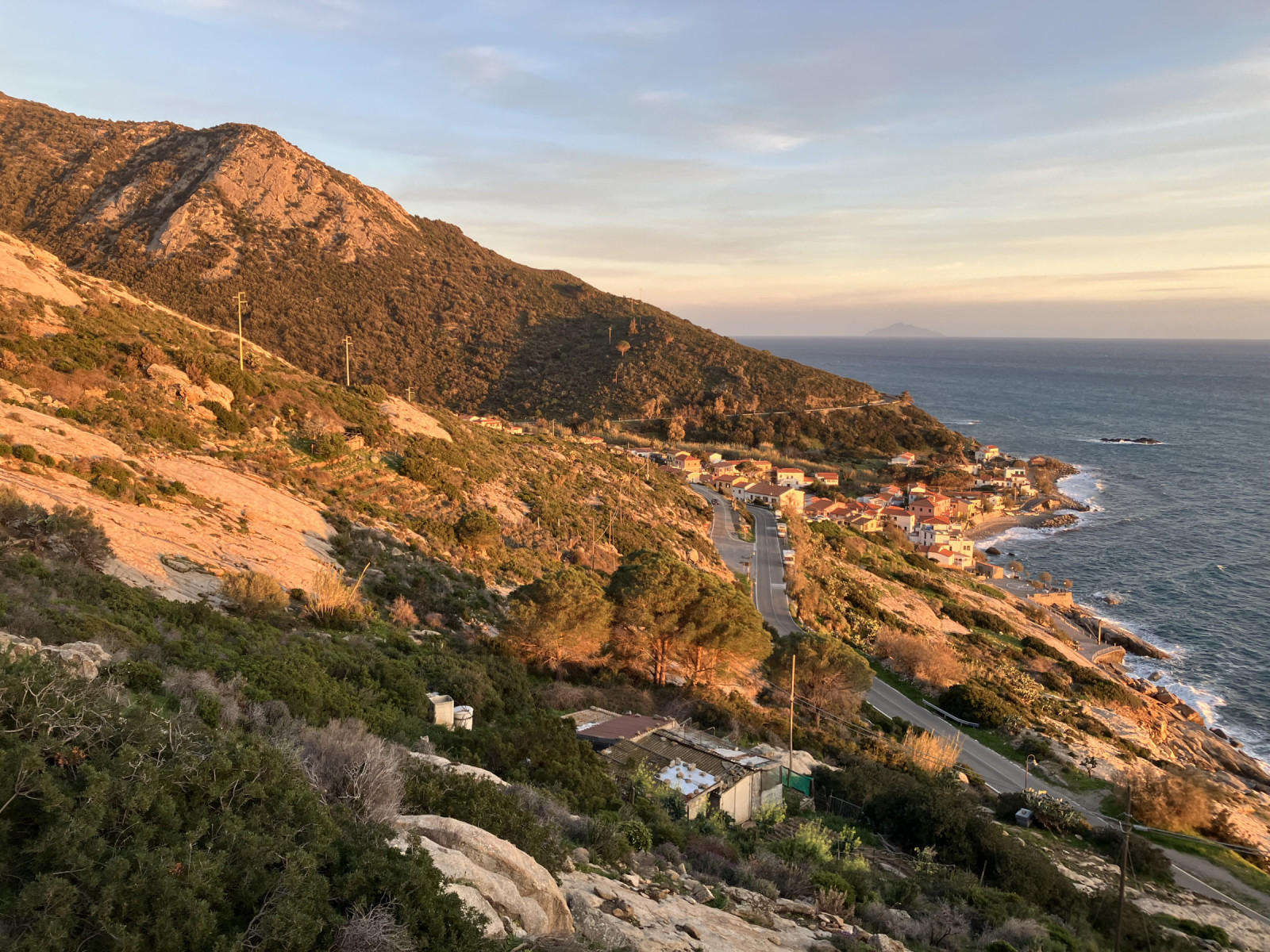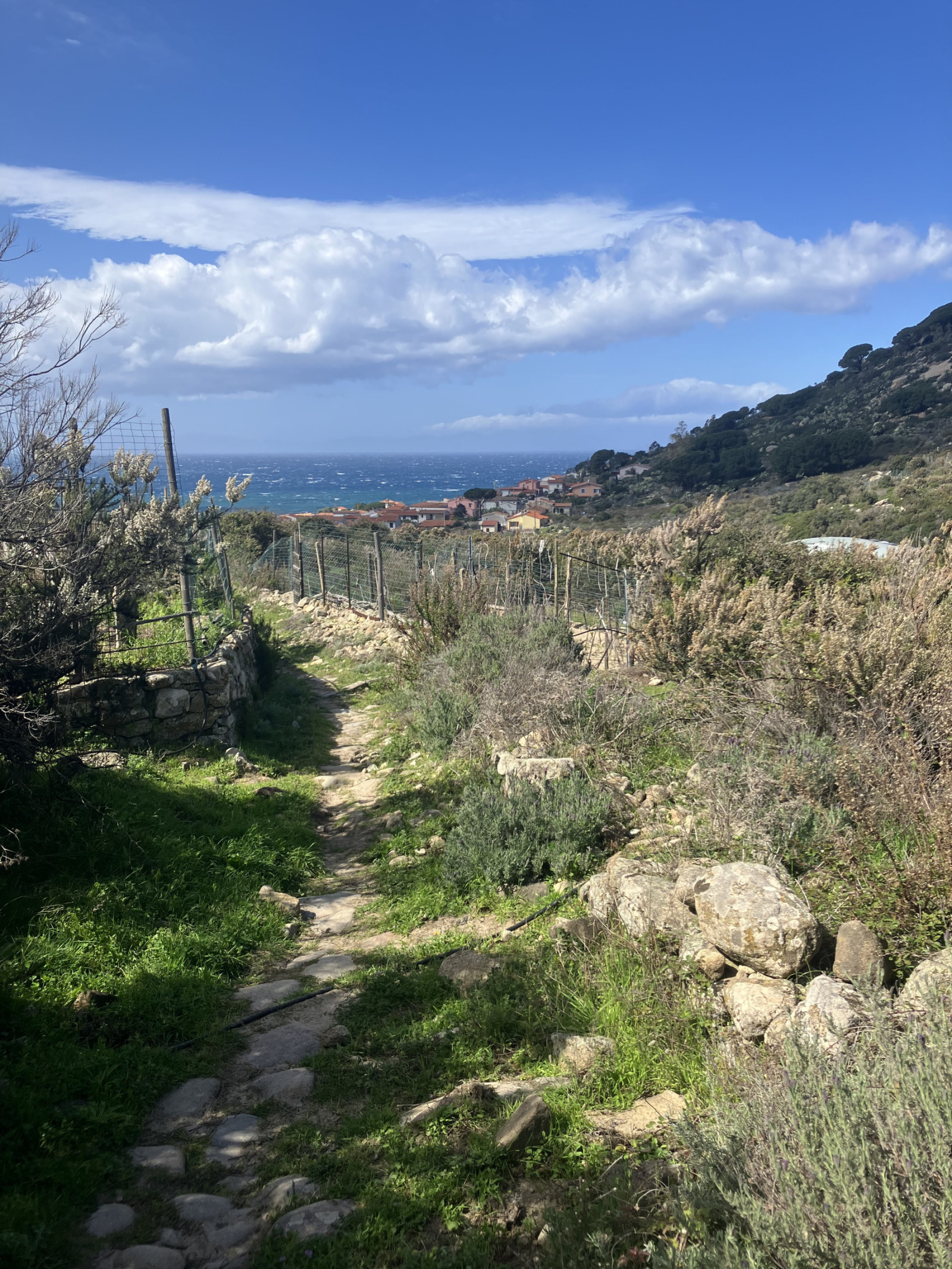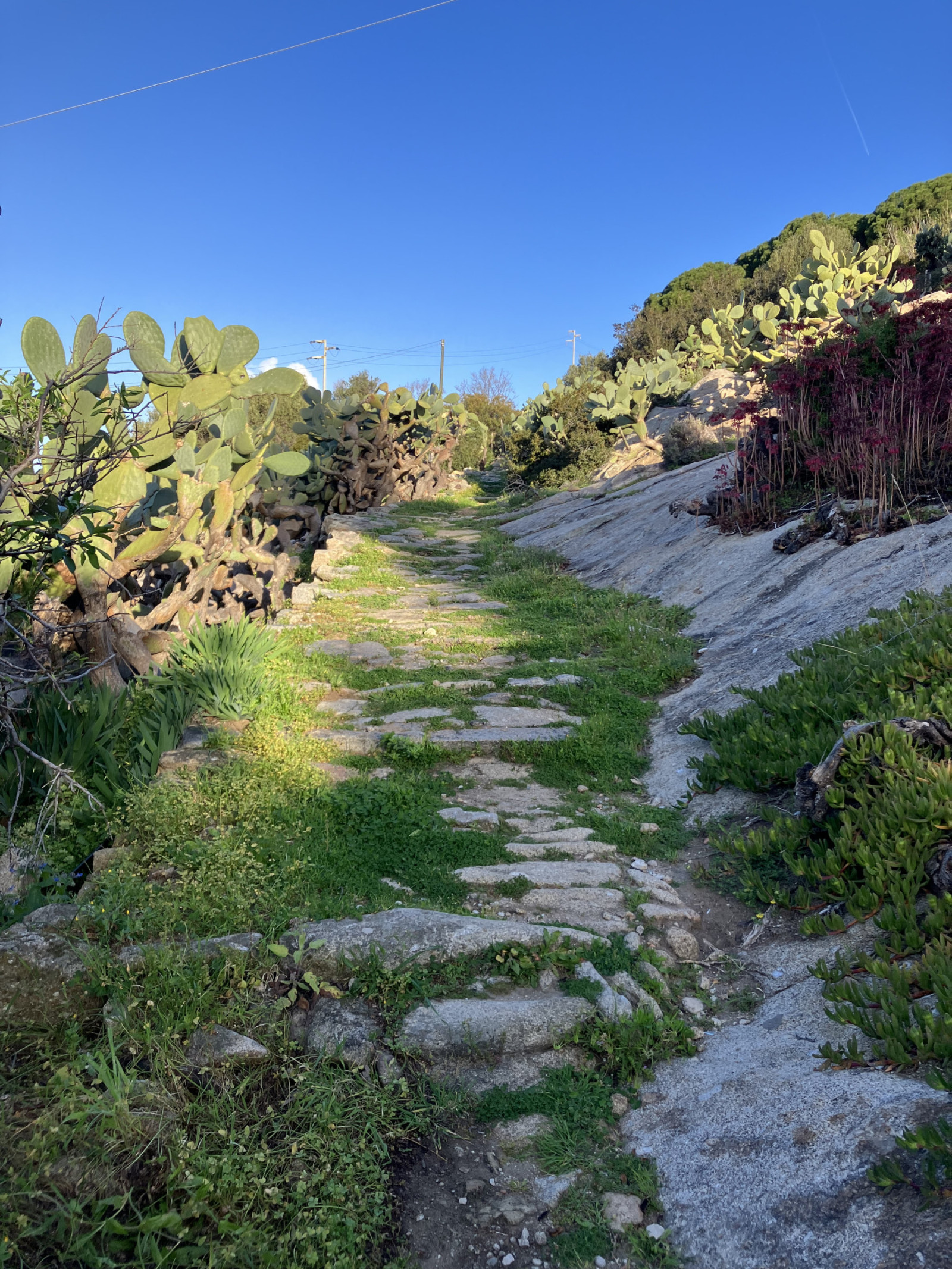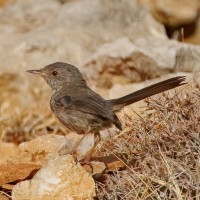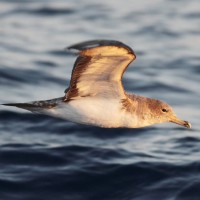Beschreibung
The picturesque, mountainous west coast of Elba, surrounded by the Tyrrhenian Sea to the north, west and south, is not only a magnet for many resting birds on the spring and autumn migration. You can also find endemic breeding birds there, whose distribution is limited to a few islands or coastlines, such as Mittelmeer-Sturmtaucher, Sepiasturmtaucher, Korallenmöwe, Korsenzeisig and Sardengrasmücke.
Above the coast there are many paths running parallel to the main road through the open, stony scrub, some of which are marked on the map. Breeding birds here are Rothuhn, Alpensegler, Kolkrabe, Blaumerle, Samtkopf-Grasmücke, Provencegrasmücke, Ligurien-Bartgrasmücke, Bluthänfling, Girlitz, Stieglitz, Korsenzeisig, Zaunammer and many more. Sardengrasmücke can also be encountered, especially at higher altitudes. In the higher vegetated areas Nachtigall, Grauschnäpper and Sommergoldhähnchen occur.
Looking to the sea, you can see Sepiasturmtaucher and Mittelmeer-Sturmtaucher migrating and hunting off the coast, especially in the morning and evening hours. Korallenmöwe and Krähenscharbe can be seen as well. In the winter months watch out for Basstölpel .
The most attractive migrating birds in spring and autumn include Schlangenadler, Schwarzmilan, Wespenbussard, Rohrweihe, Eleonorenfalke , Baumfalke, Bienenfresser, Wiedehopf, Wendehals, Turteltaube, Waldlaubsänger, Dorngrasmücke, Weißbart-Grasmücke, Steinschmätzer, Braunkehlchen, Gartenrotschwanz, Trauerschnäpper and Halsbandschnäpper. Many of the songbirds like to rest in orchards and vineyards, which are mainly found near the villages.
In addition to the birds, you can also spot mouflons, wild boars and many insects there.
Details
Zugang
The island of Elba can be reached by ferry from Piombino. Most ships head for Portoferraio, the largest town on the island. The west coast can be reached by car via Procchio and then either south via Marina di Campo or north via Marciana. Autolinee Toscane bus number 116 also runs along the entire route. The best way to explore the coast is on foot. Good starting points are the villages of Seccheto, Fetovaia, Pomonte, Chiessi, Colle d'Orano, Patresi or Zanca. Click on a P in the map for directions to a parking spot.
